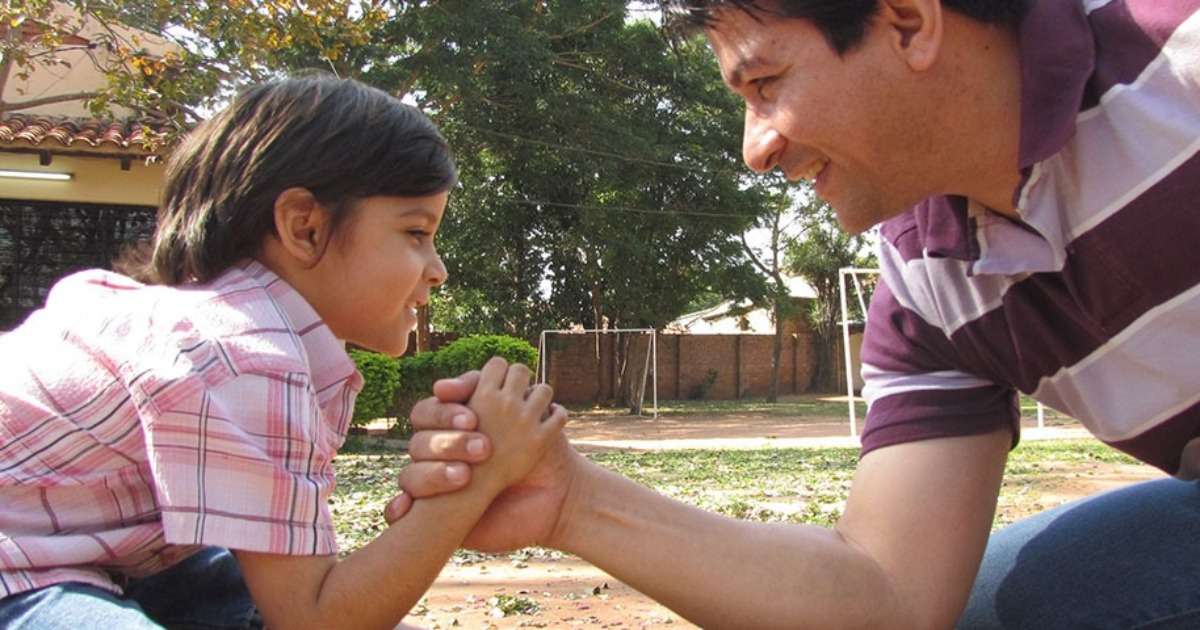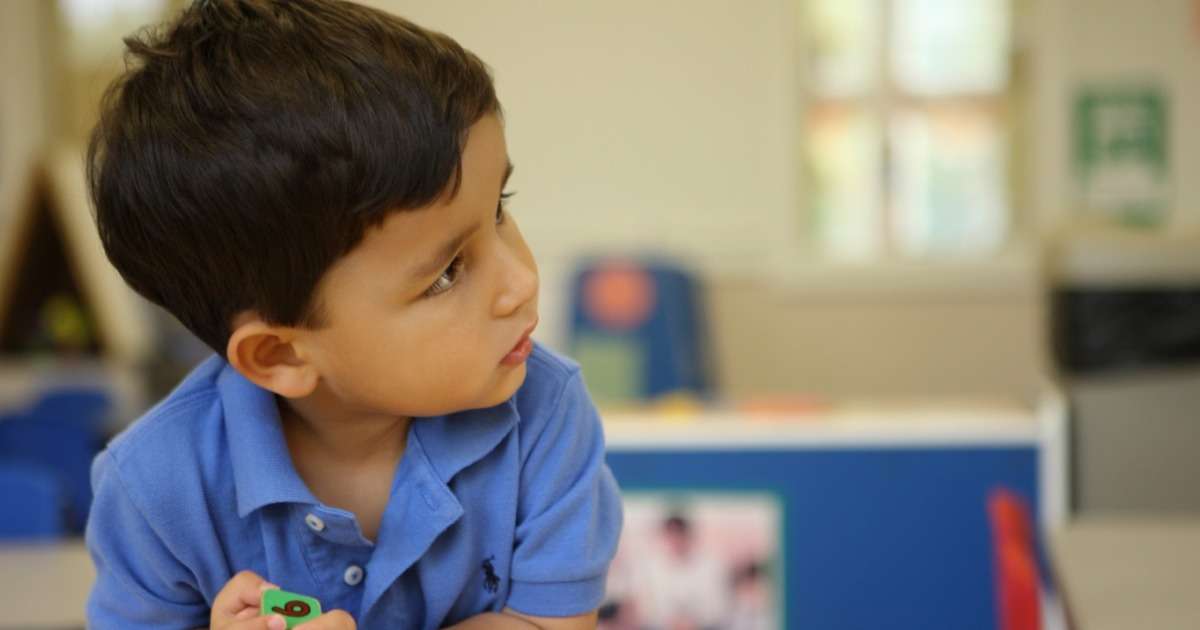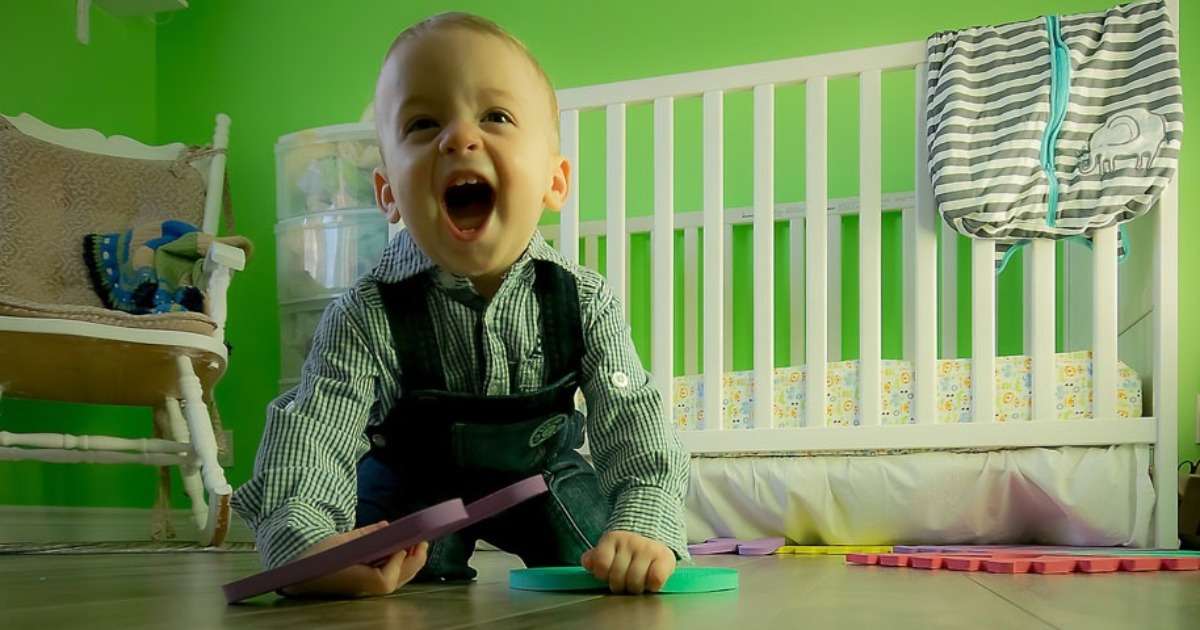Psychology
Psychology is the scientific study of mind and behavior. Many people are fascinated by human behavior. Why do we act the way we do, and how is our behavior influenced? By measuring behavior, you can discover and understand a lot about human life, and what drives humans. Dive into developmental psychology, parent-child interaction, mental disorders research, and emotion analysis.

Positive Behavior Support: Good behavior can be learned
With the observed increase in pediatric obesity in recent years, a child’s family, particularly his parents, may influence eating behavior, diet, and physical activity through their parenting and food choices.

Examples of infant behavior research experiments
In infancy you can observe an explosive growth. A lot of researchers focus on this age group and observe parent-infant dyads to get more insight in specific behaviors.

Behavior and emotions of older adults
Can TV footage motivate older persons to start being more active? Being active can improve the overall health of a person (65+ but of course also 65-!).

Adolescent Motherhood – observing mother-infant behavior
Adolescent mothers are tackling their transition to adulthood and the transition to parenthood. This is called the double risk for mother and infant, inherent in adolescent motherhood.

Two examples of parent-child interaction research
Fatherhood is a topic of high social relevance that attracts much public interest and therefore also the attention of scientists.

Physiological and behavioral analysis: coping with stress
Having a behavioral coping strategy means that a person can regulate emotions and deal with stressful situations.

Behavior predicts success of family-based treatment in anorexia
Anorexia nervosa is a horrible eating disorder that affects many people around the world. Looking at the United States only, between 0.5–1% of all women suffer from anorexia.

A-bad-influence: Parent substance use disorder and child outcomes
Like parent, like child. Children become who they are with the influence of all of their past experiences and often, the parents are a large part of that influence.

Vocalizations as an early life behavioral marker for ASD
One of the prominent features of autism spectrum disorder (ASD) is impaired communication. However, most diagnoses of ASD happen after the child is more than 3 years old.

Classroom observations - behavior of children with and without ADHD
The relationship between reaction time variability and observed attention in children with and without ADHD.
